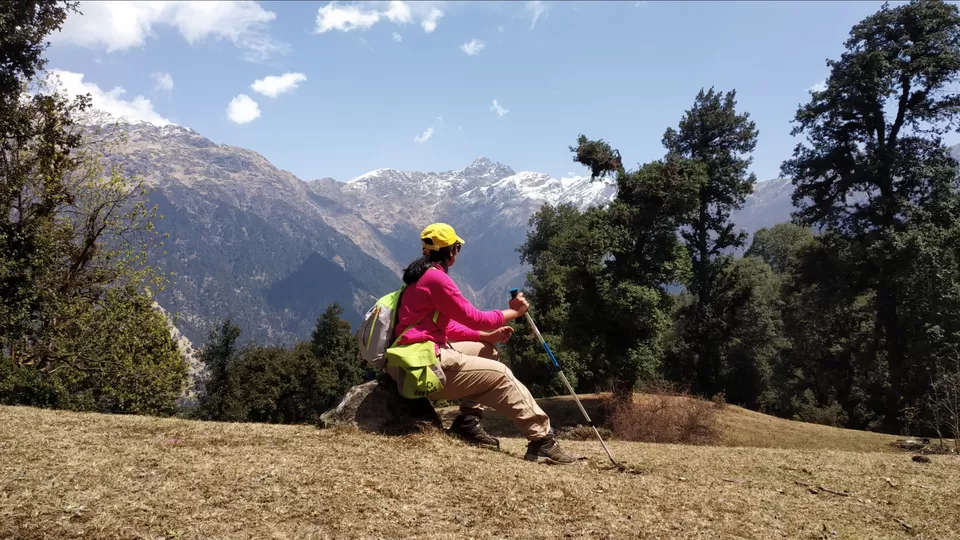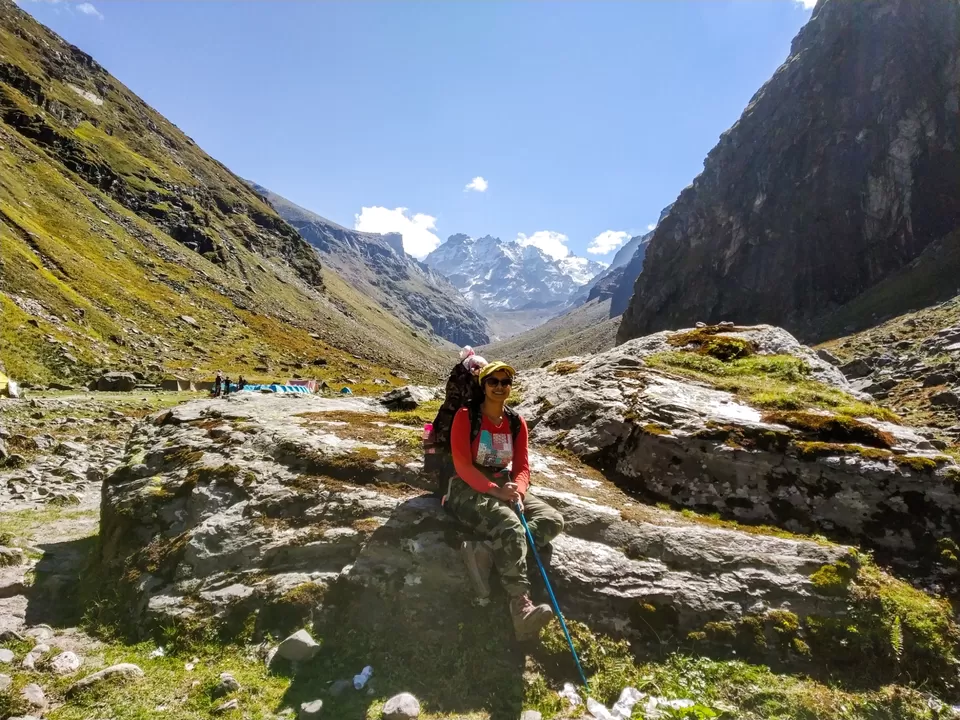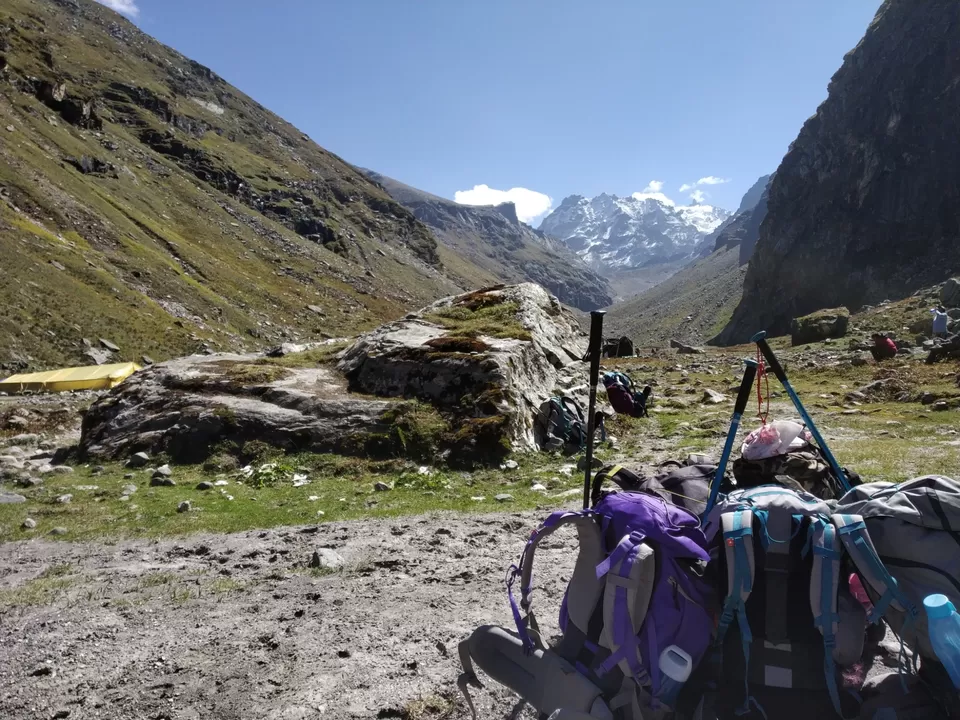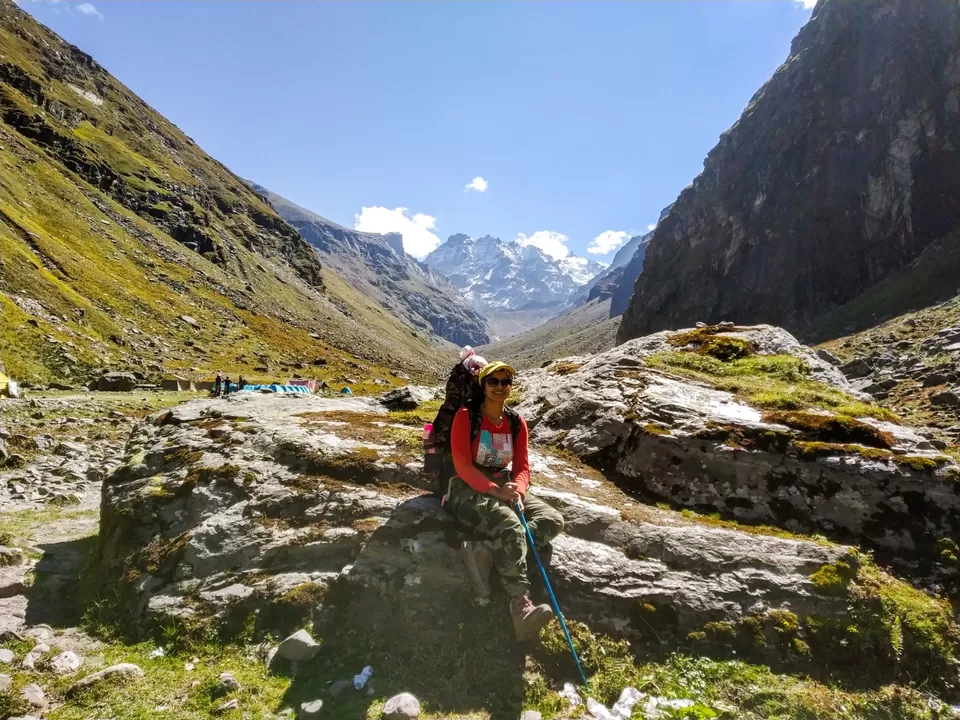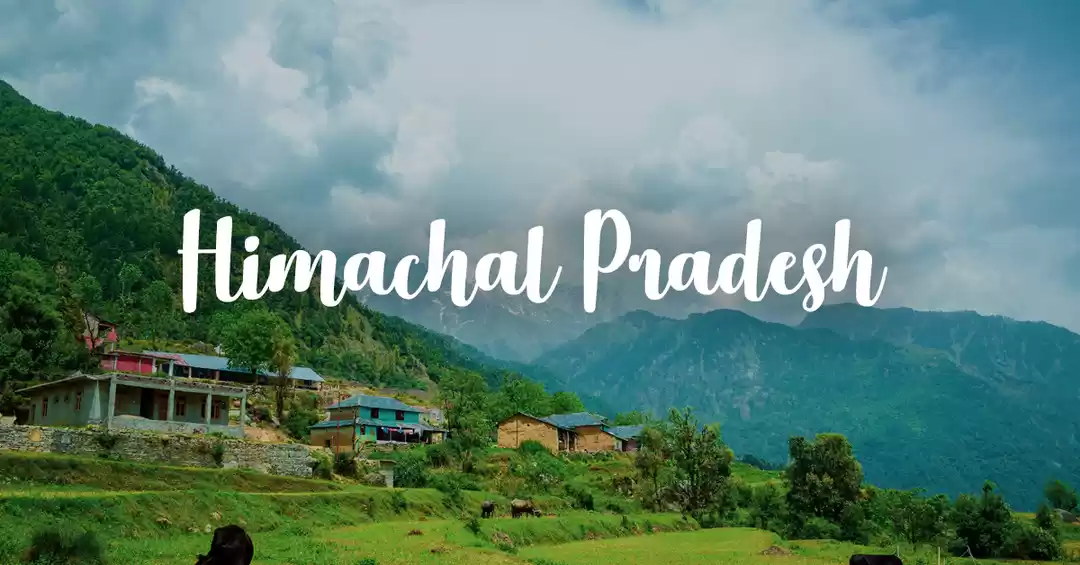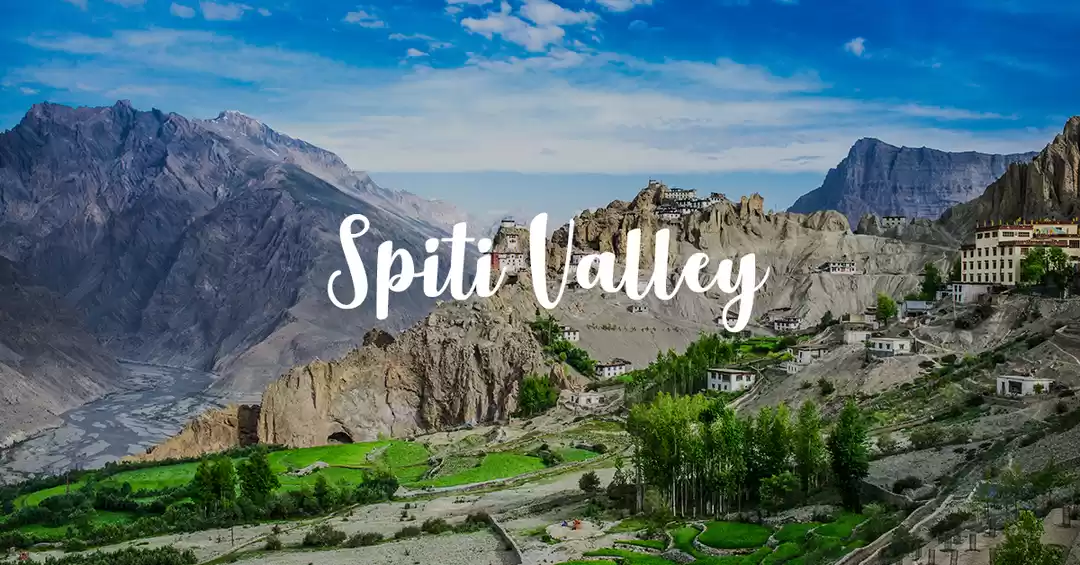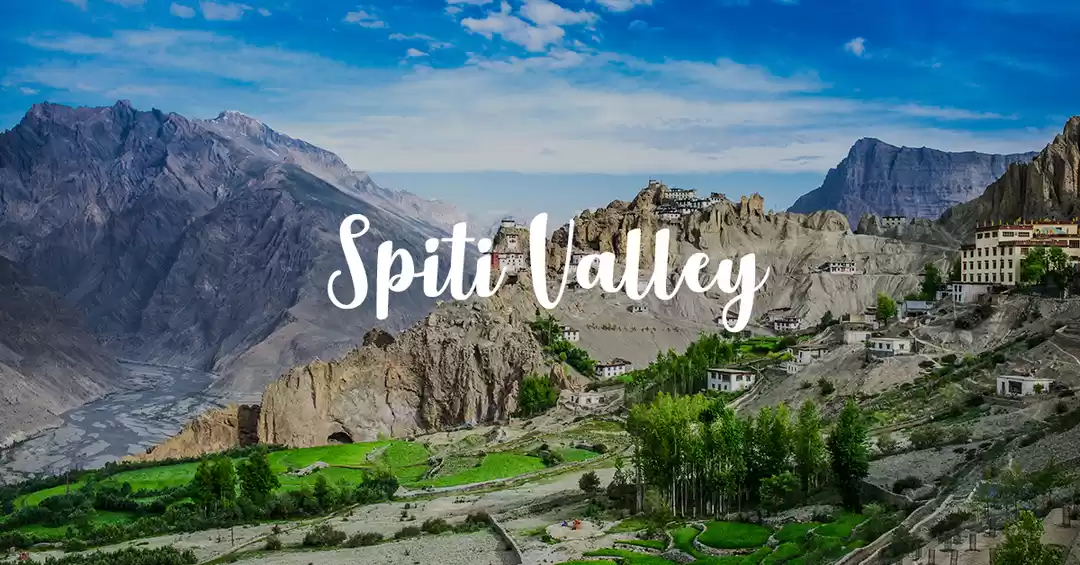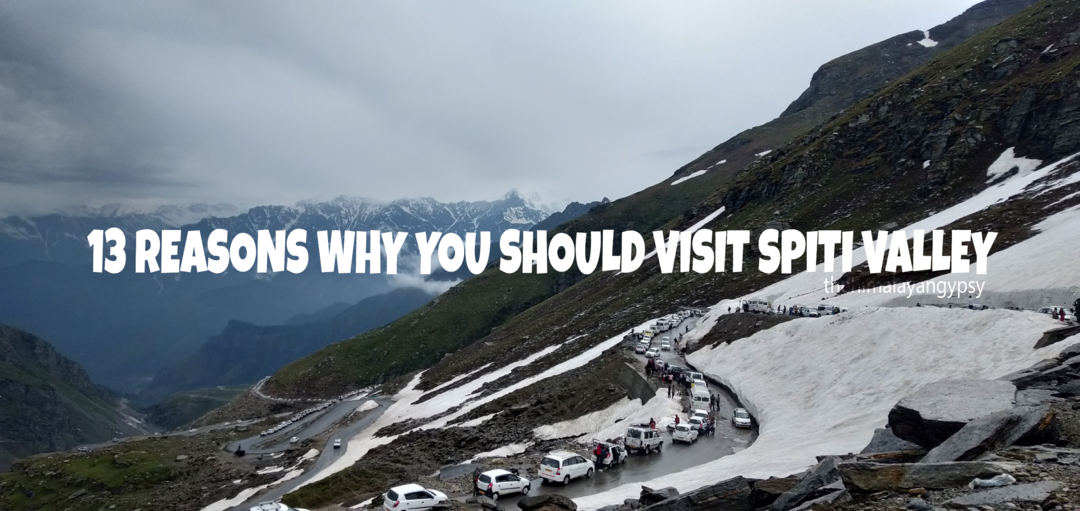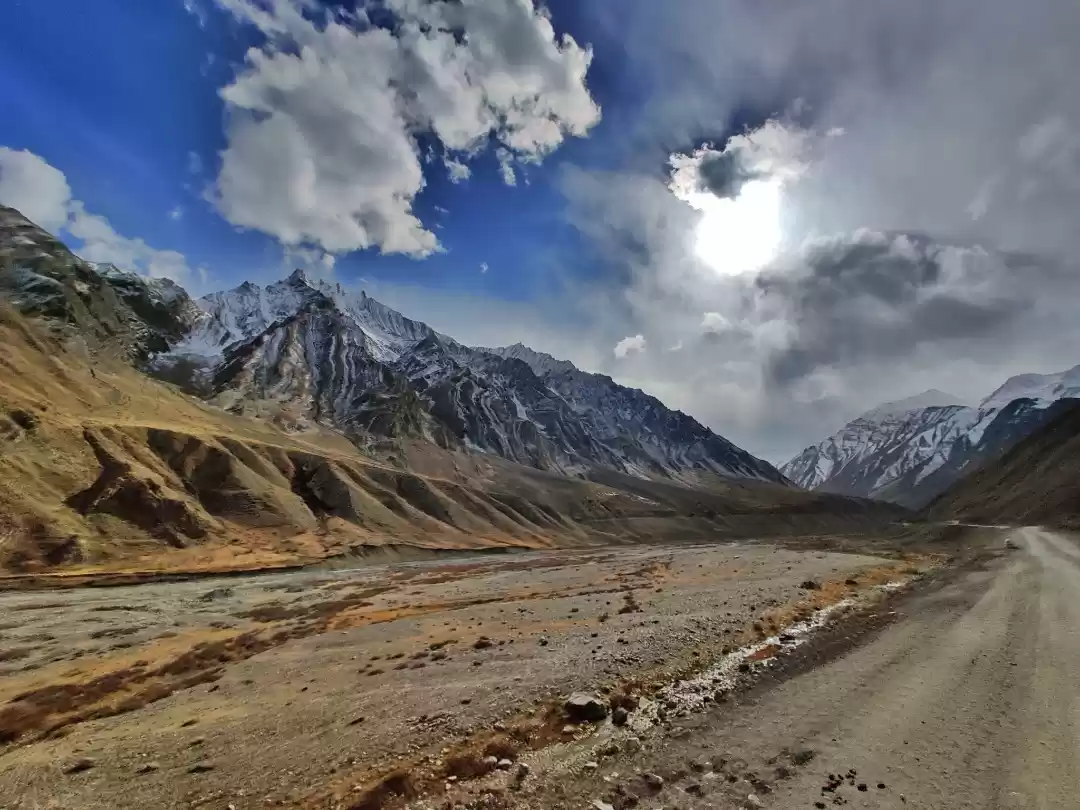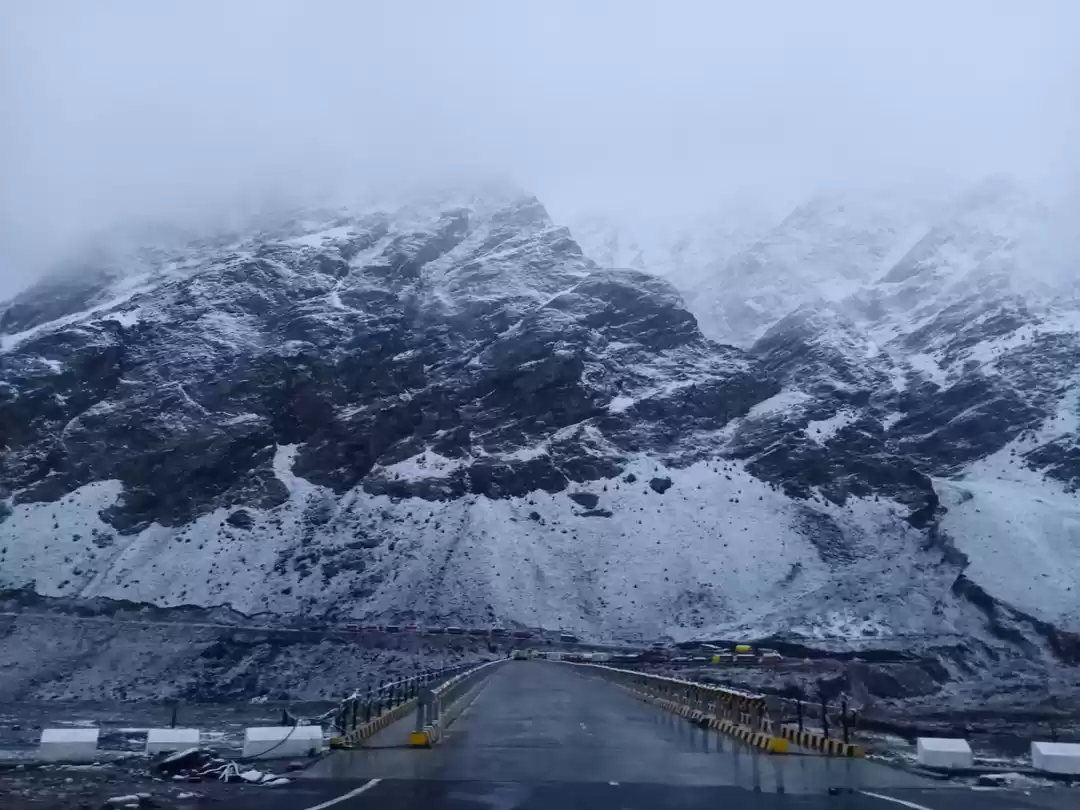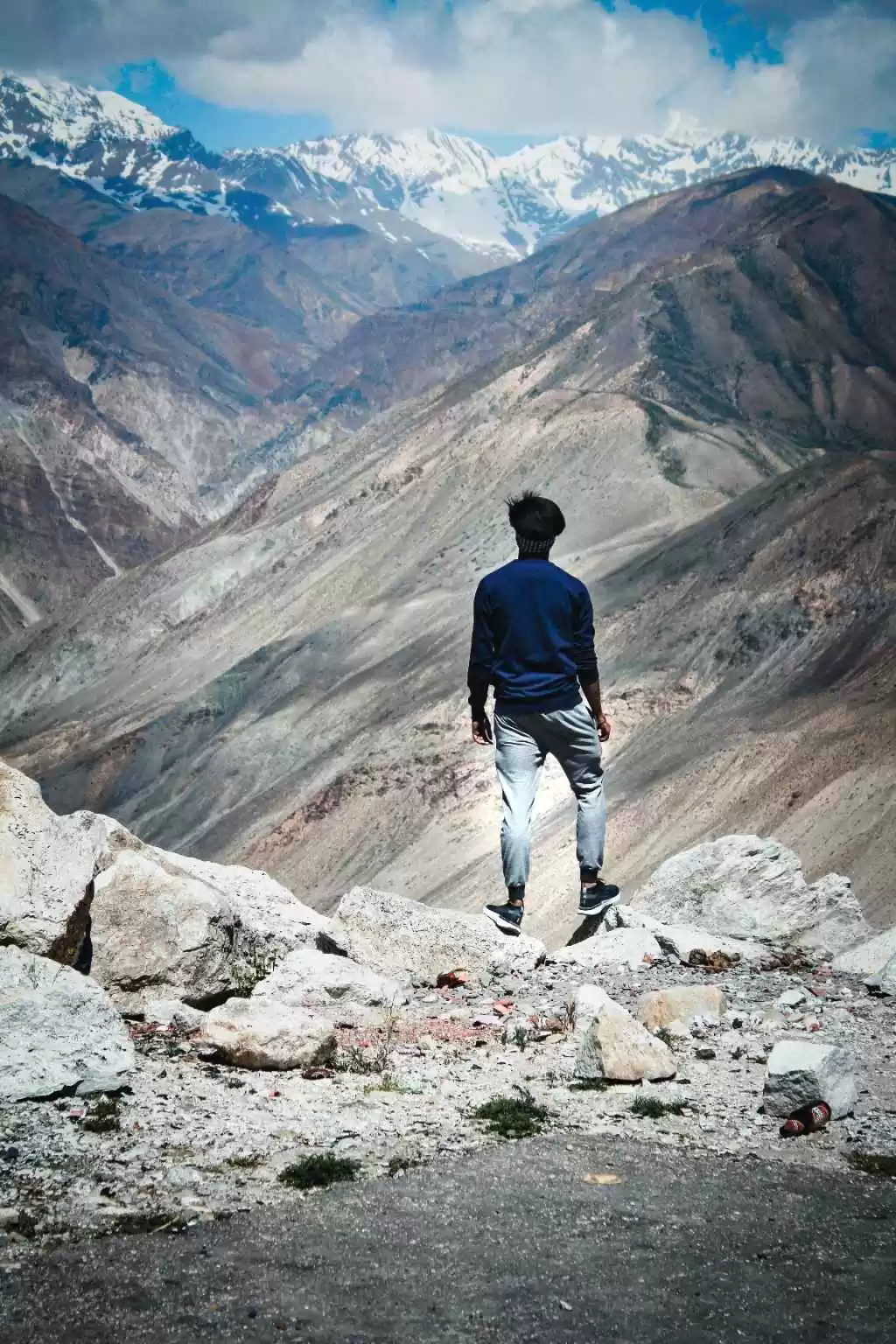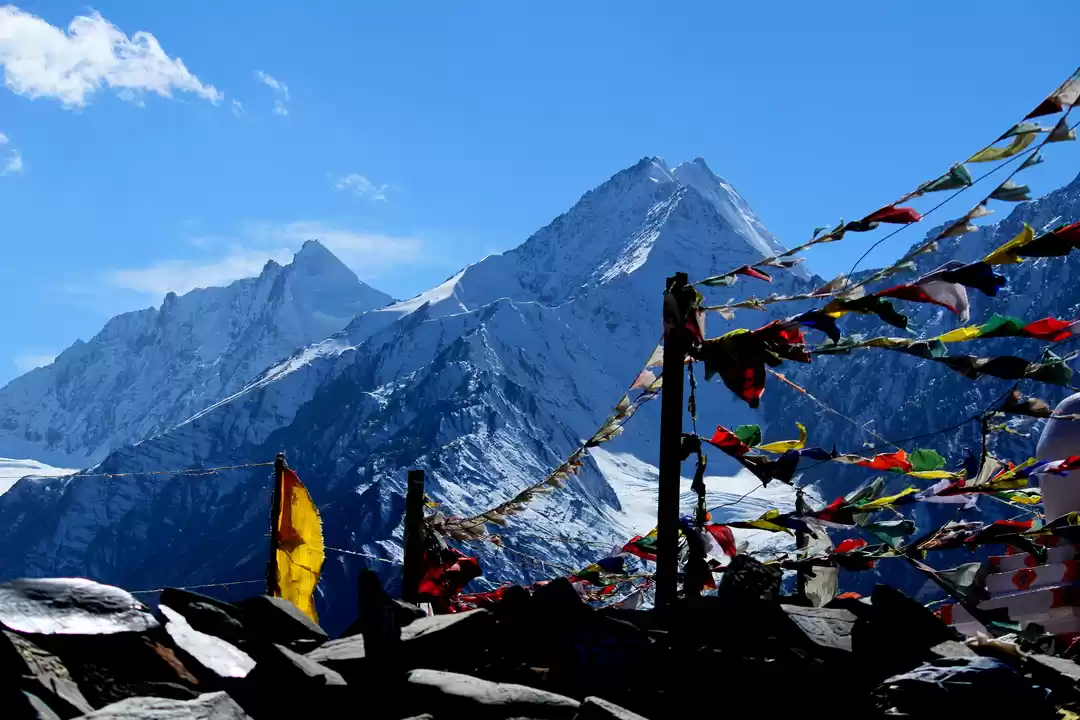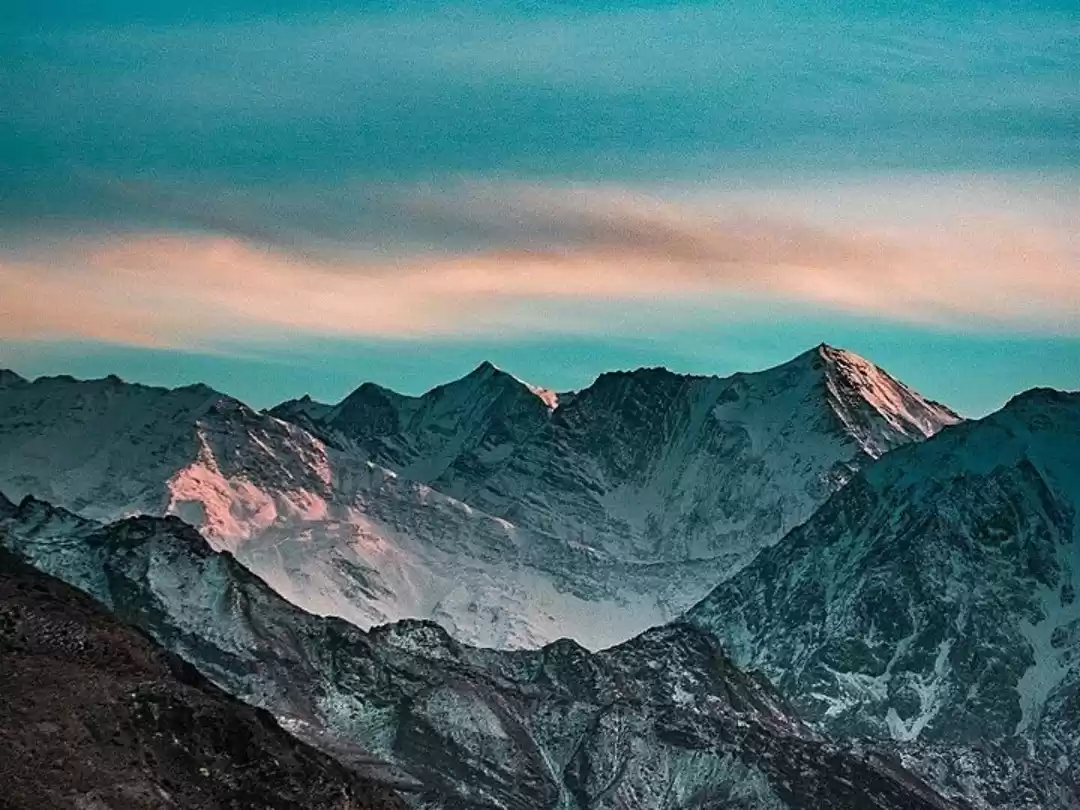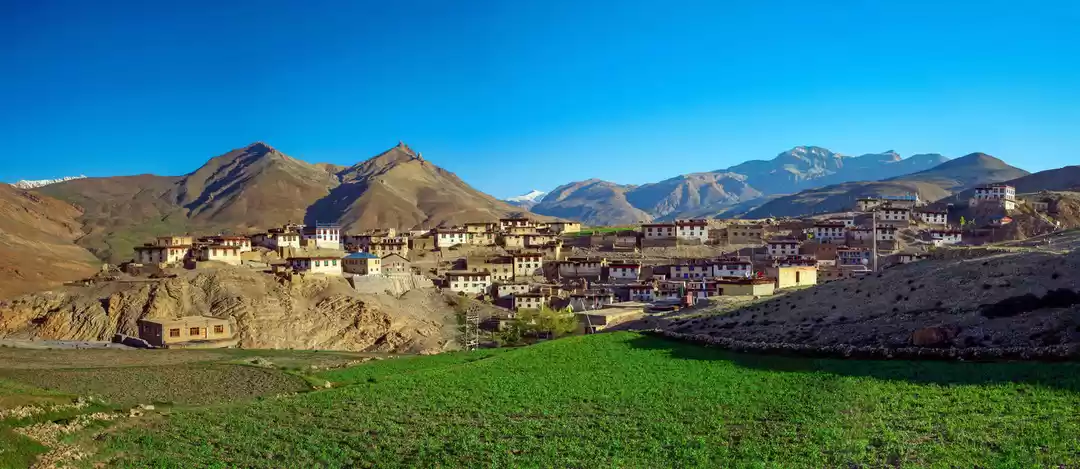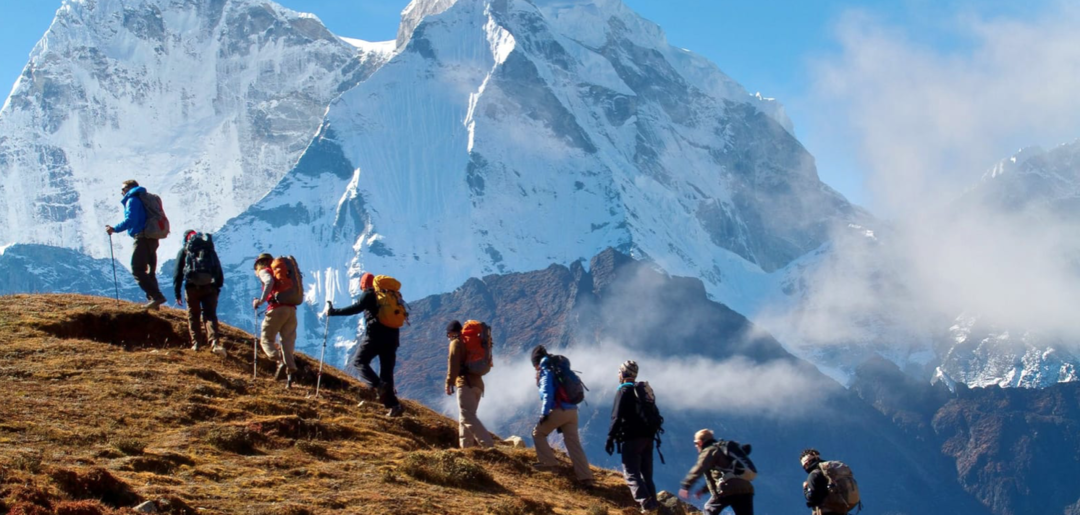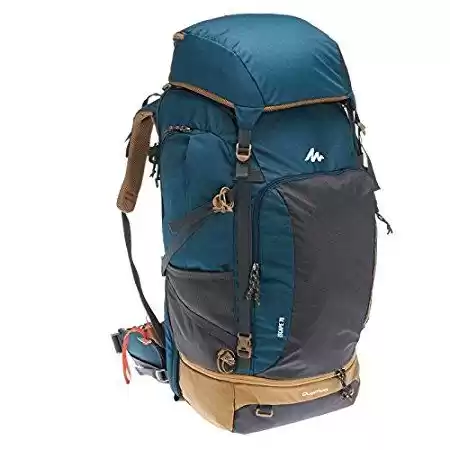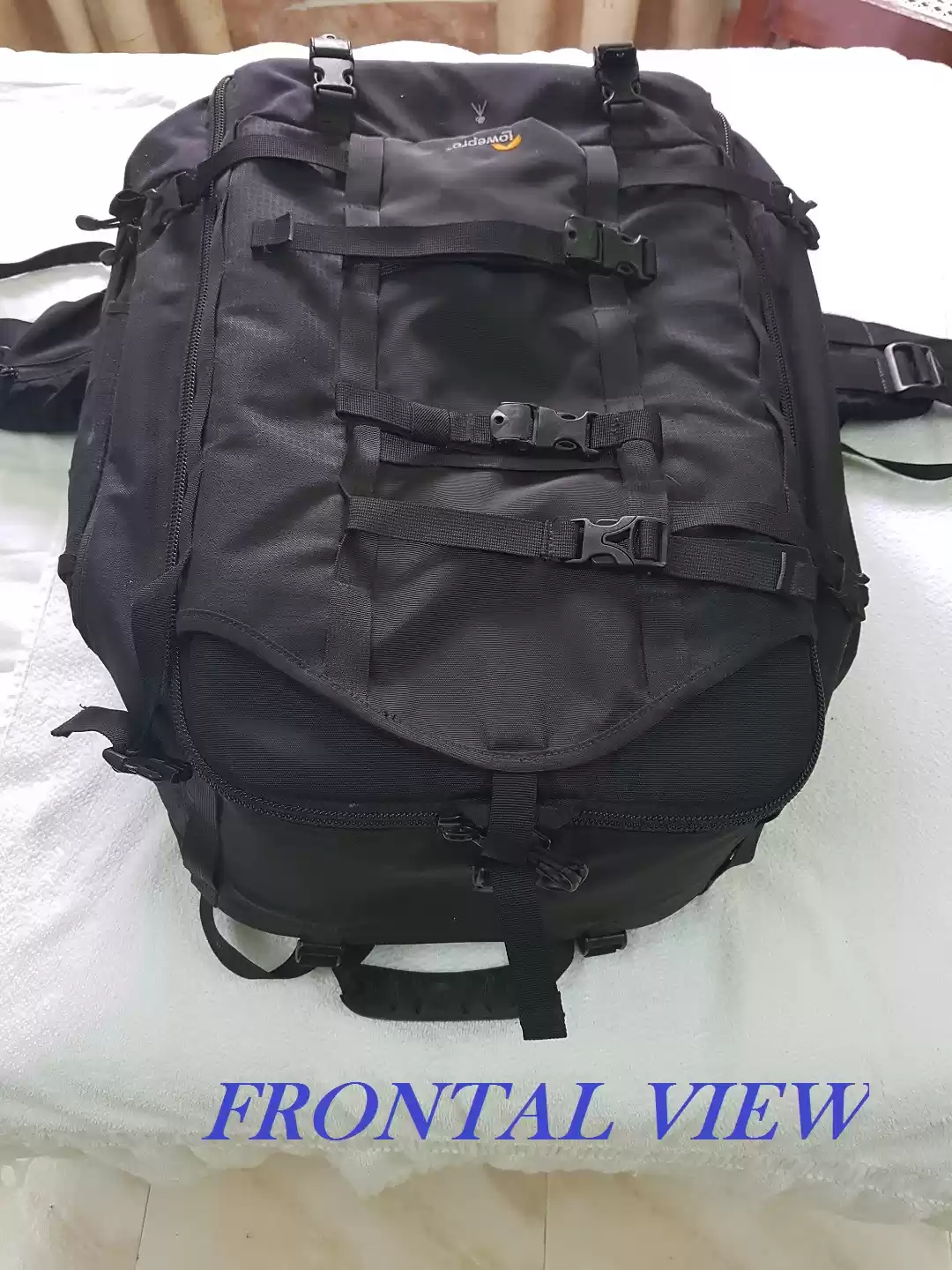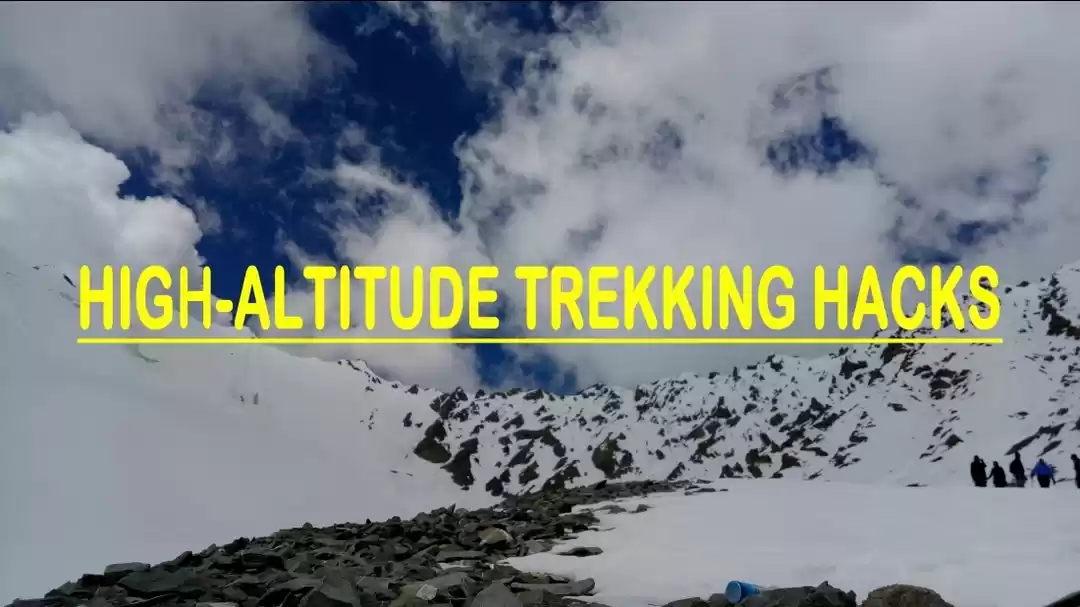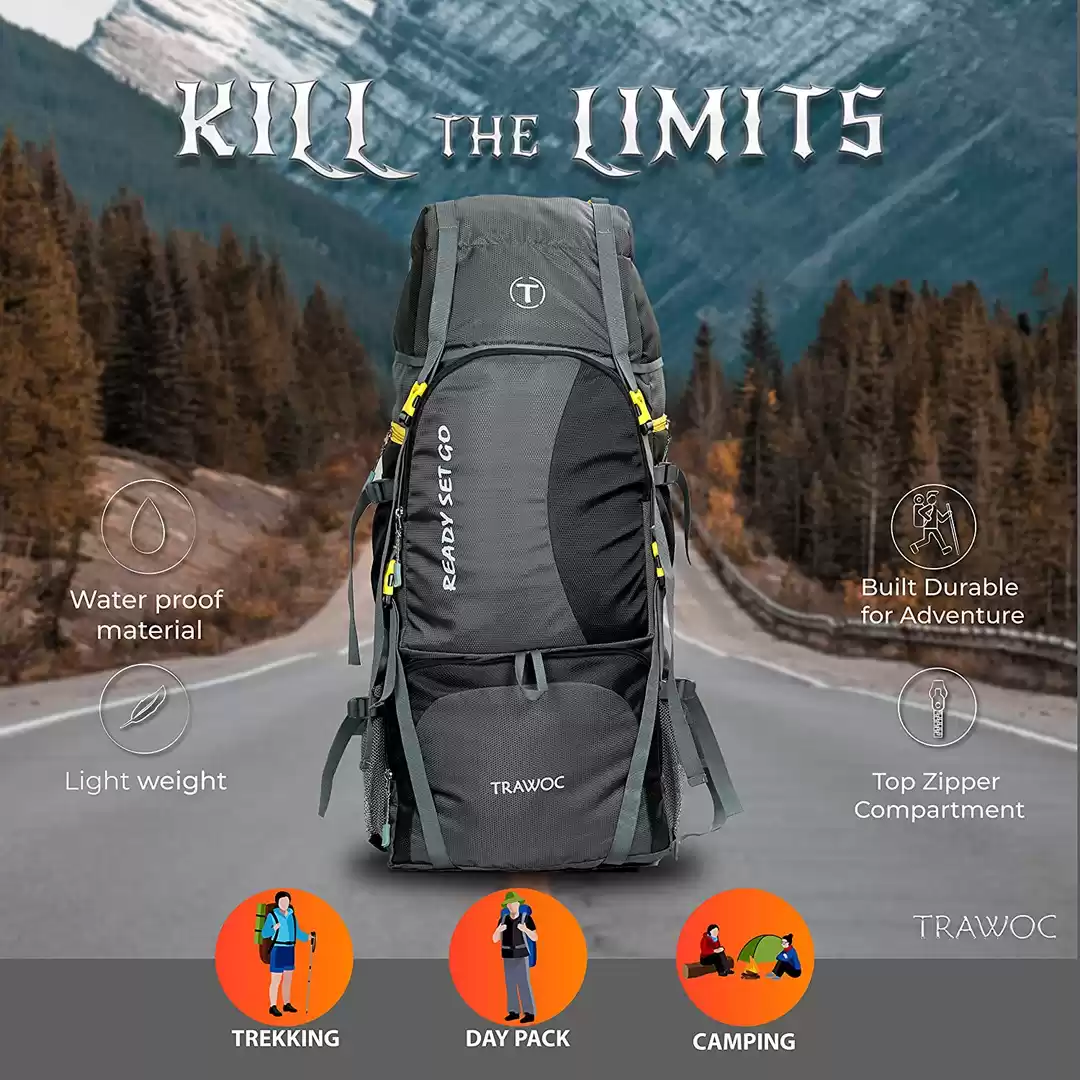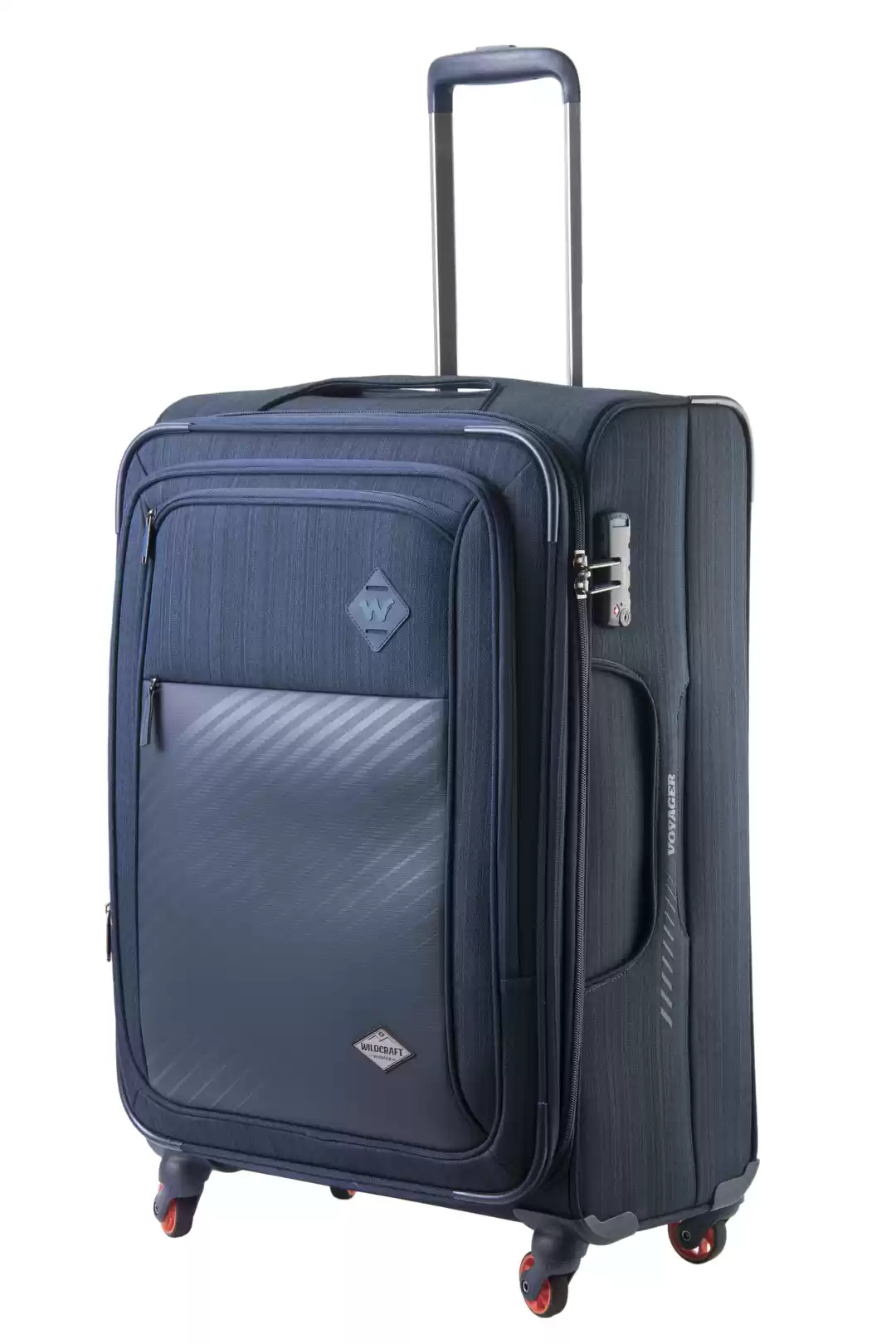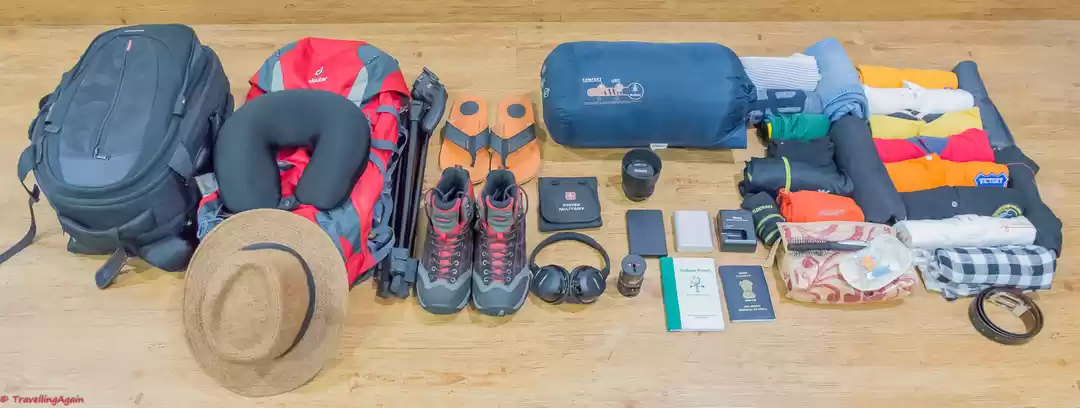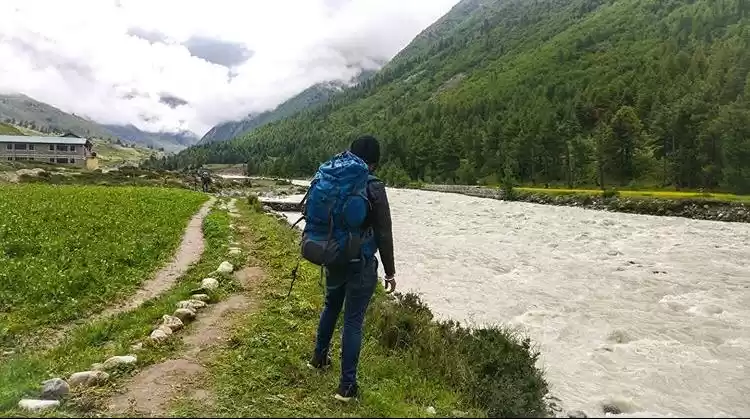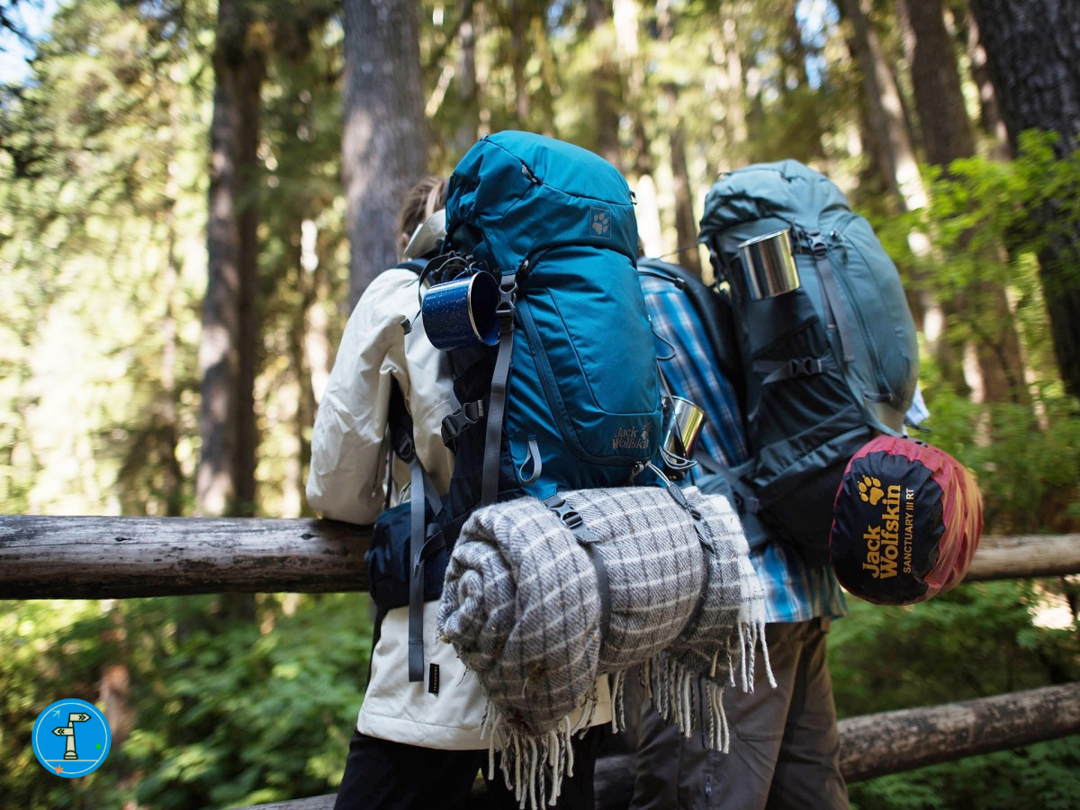March 2018 - Sari, Uttarakhand
I had signed up with Indiahikes for my first ever high altitude trek - Deoriatal Chandrashila which is a 3 day trek. Sari is a small village from which the trek begins.
First we were given a briefing by our trek leader Bhupender about the details of the trek and then a demo on how to pack our rucksack as to how it should stand upright without any support. After watching carefully, I went back to my allotted room, started unpacking and repacking as per the said instructions. I tried and tried but couldnt make the bag stand by itself. Finally I gave up.
I was influenced by some of the people around me who were talking of offloading their backpack. Having struggled with mine, even I started getting doubts if I will be able to carry such a heavy bag and trek. Indiahikes or any trek organiser for that matter always advises not to offload our backpacks because the real spirit lies in carrying it and going. After much thinking and confusion, I decided to offload it.
Then later while trekking began, during steep ascent I was grateful for having offloaded my bag but that thrill of trekking was not there. I could feel something was incomplete, the process too easy. Hence after completing the Chandrashila trek, I told to myself that from now on I shall not offload my backpack for any future treks.
Next when it was time for my Hampta pass trek in September, I had overpacked my bag yet again. This time not because I had taken extra things than necessary, but because I had plans to head to Spiti just after finishing Hampta pass. 2 weeks of clothes and other necessities were fitted into my backpack and to be true to myself I didn't offload it.
It was tough at the beginning but later I realised that the bag wasn't making that much of a difference for the trek or the thing that I got used to it. The only thing which matters most is our own fitness level. For me, with or without the bag the difficulty level was almost same. But for this, choosing a proper rucksack is atmost important. Otherwise, it can cause you unnecessary shoulder and backpain. And while you're at it, also knowing technique of wearing backpack the right way is a must.
How to wear a rucksack - First you must bend forward a bit and fix the waist strap of the bag and tighten it as much as possible (not to the point you become uncomfortable). Now also make sure the waist strap sits exactly at your waist. Next there'll be two shoulder straps near the top of your bag. Don't make those too tight else the top load of bag will keep hitting your head, so an angle of 45 degree with your shoulder is preferable. Rest all the other straps of the bag must be tightened to make it compact and make sure it does not hang loosely on your back or pull you back. Once you wear your backpack, you must feel like it's a part of your body and not an external attachment.
If all these above said tips are clearly followed, you will never have the need to offload. And the sense of achievement you get by trekking carrying your own baggage is something else altogether!
Minimalism hits us hard coz the more things you carry, the more your bag will weigh. You will be forced to reduce your stuff to bare minimum. From changing into different clothes each day during my first trek, to wearing the same set of clothes for 7-8 days straight I have learnt how to adapt in the mountains. These are experiences I will always crave for and the learnings which I will look forward to on each trek.
The further you get away from yourself, the more challenging it is. Not to be in your comfort zone is great fun!
-Benedict Cumberbatch
